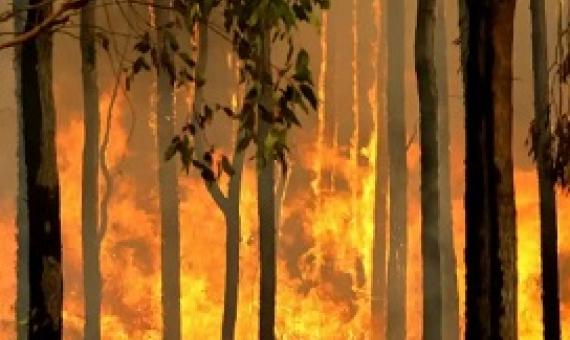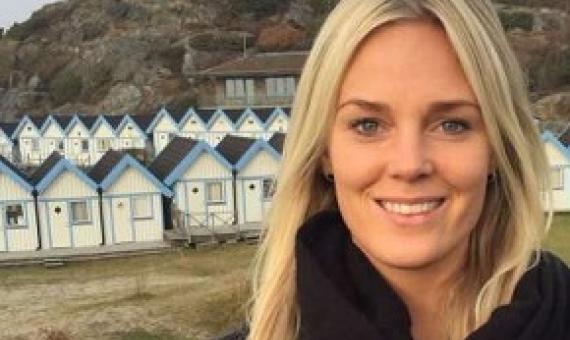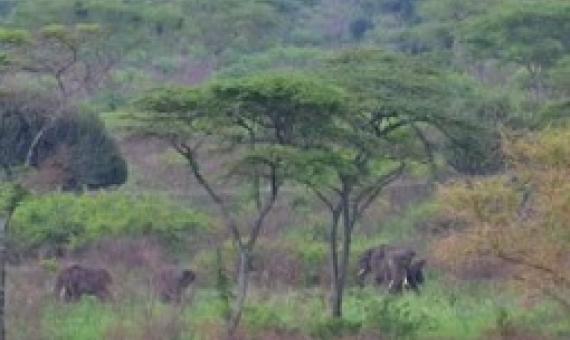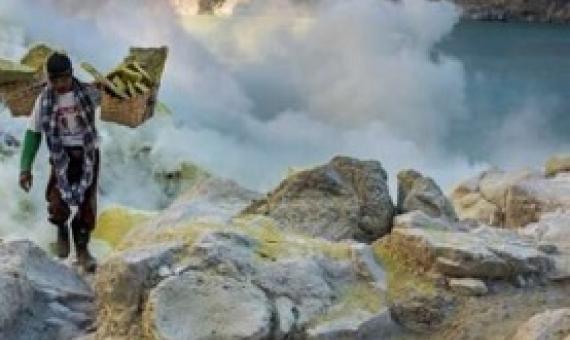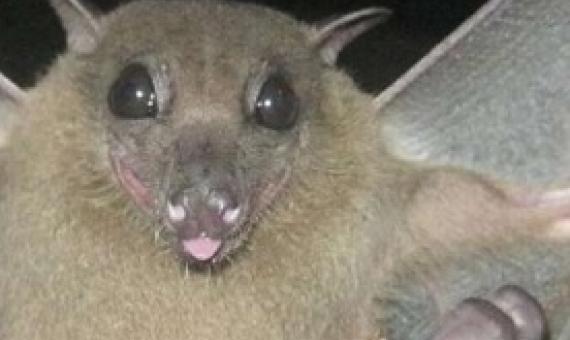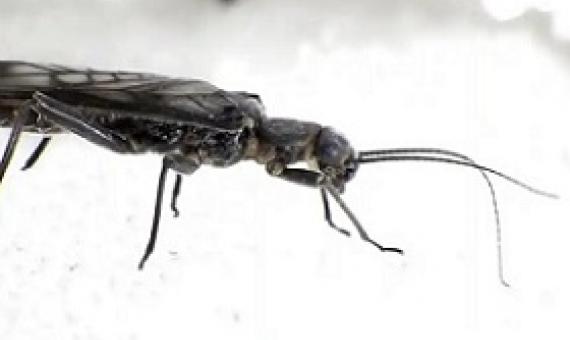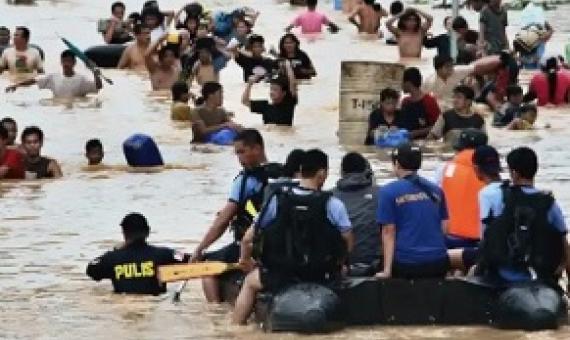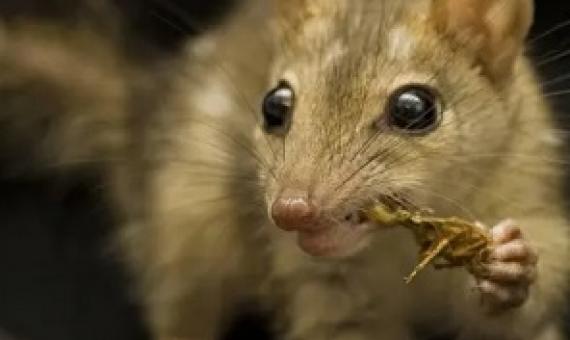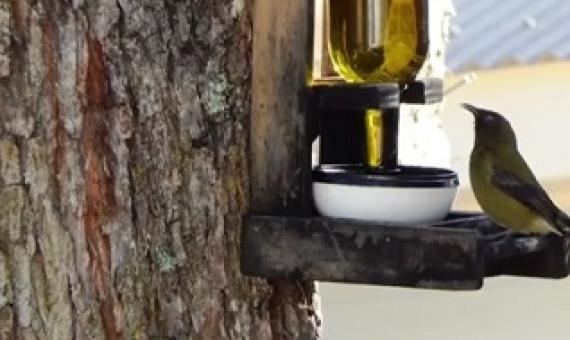A group of senior Australian scientists have warned in an international journal that logging native forests makes fire more severe and is likely to have exacerbated the country’s catastrophic summer bushfires.
We need new ways of understanding how people depend on nature in our efforts to protect biodiversity. A new thesis from Lund University in Sweden suggests that we rarely take into account people's place-based, varied and often emotional relationships with nature.
Together with an international team, Senckenberg scientist Uwe Fritz described a new species of mata mata turtle based on genetic analyses. Until now, it had been assumed that the genus Chelus only contained a single species.
Developers may struggle to find enough land to offset the biodiversity impacts of future development, according to a University of Queensland study. UQ's Dr. Laura Sonter said the challenges were evident worldwide and could significantly limit the ability to achieve global conservation goals.
A new study from the University of Helsinki presents the current state of knowledge on the exposure and vulnerability of indigenous peoples to environmental pollution, reviewing the innumerable impacts that pollution poses on Indigenous communities from all over the world.
Bats do a lot of good for the world—they pollinate plants, they eat disease-carrying insects, and they help disperse seeds that help with the regeneration of tropical forest trees. Bats and a range of other mammal groups are also natural carriers of coronaviruses.
The biggest assessment of global insect abundances to date shows a worrying drop of almost 25% in the last 30 years, with accelerating declines in Europe that shocked scientists.
New research finds 147 million will be hit by floods by the end of the decade – ‘the numbers will be catastrophic’...The number of people harmed by floods will double worldwide by 2030, according to a new analysis.
Populations of some Australian mammals declined by more than a third over two decades, but sites with clear conservation management saw improvements in their populations of 46%, according to new research.
New research is needed to gauge the environmental impact of the Covid-19 lockdown, scientists says...Many of the world’s animals appear to be enjoying having fewer humans around, with some animals being seen in public spaces after decades away.

